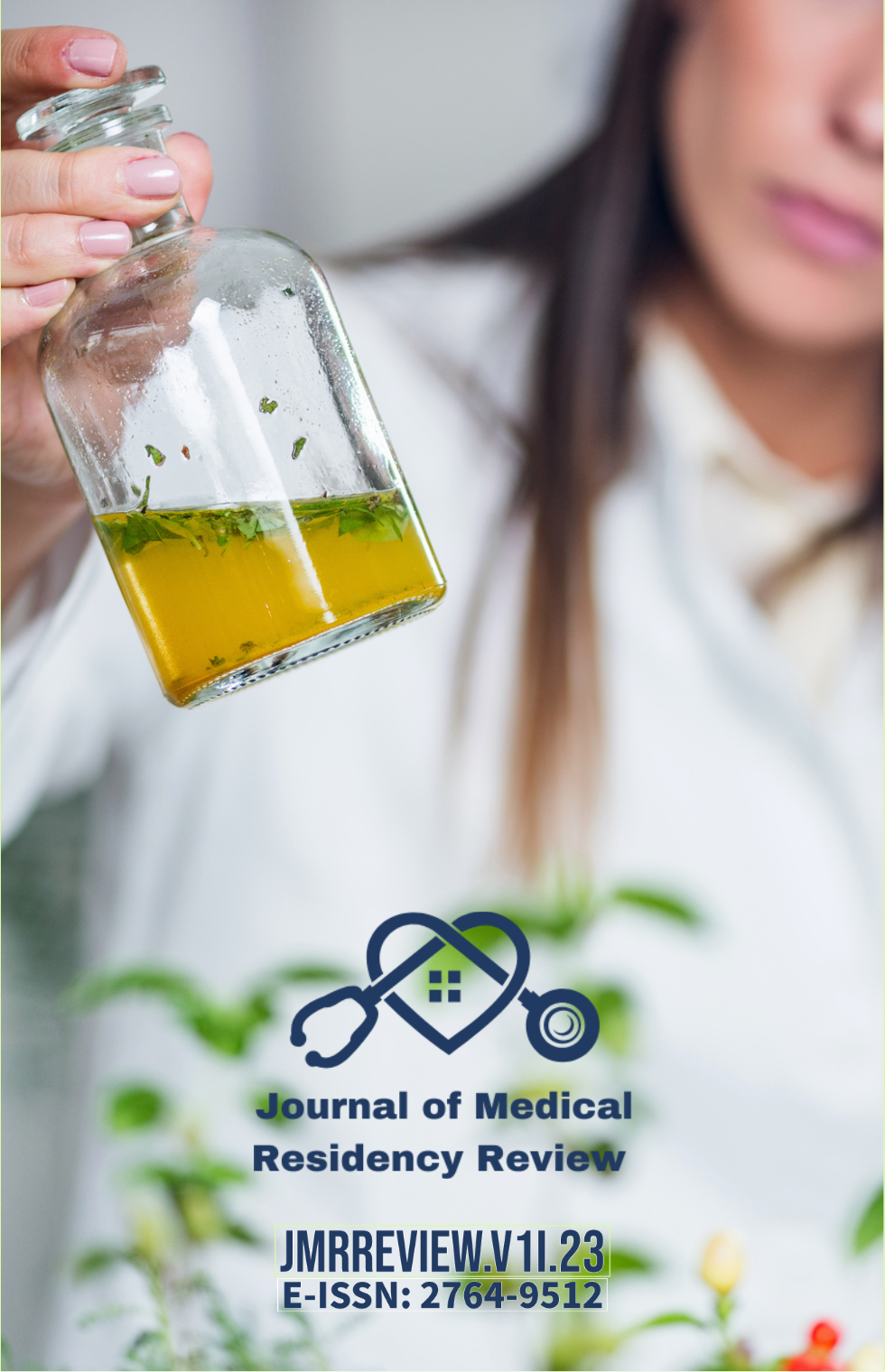Abstract
Background: The genus Phyllanthus has been used in traditional medicine for its wide range of pharmacological activities, such as antimicrobial, antioxidant, anticancer, anti-inflammatory, antiplasmodic, antiviral, diuretic and hepatoprotective. Aim: To review the specialized literature on the medicinal effects of Phyllanthus niruri extract.
Method: The databases chosen for papers selection was PUBMED, LILACS and SCIELO, using the following search strategy: “Phyllanthus niruri”. Only clinical trials were considered and no time cut-off was established.
Results: We identified 10 papers that met the previously established inclusion criteria.
Conclusions: The therapeutic effects of Phyllanthus extracts, especially Phyllanthus niruri, are still controversial. While some authors suggest positive effects in the treatment of hepatitis B, there is still no consensus on the aforementioned positivity. As for the treatment of urolithiasis, it can be said that the popularly known “stone break tea” is not capable of breaking stones, but seems to reduce the excretion of substances that promote crystallization. The potential antioxidant and anti-inflammatory effects of extracts containing Phyllanthus niruri appear to reduce the rate of formation and contribute to the elimination of small stones or their fragments.
References
BAIGUERA, Chiara et al. Phyllanthus niruri versus placebo for chronic hepatitis B virus infection: A randomized controlled trial. Complementary medicine research, v. 25, n. 6, p. 376-382, 2018.
COLPO, Elisângela et al. Antioxidant effects of Phyllanthus niruri tea on healthy subjects. Asian Pacific journal of tropical medicine, v. 7, n. 2, p. 113-118, 2014.
DHAWAN, Survandita; OLWENY, Ephrem O. Phyllanthus niruri (stone breaker) herbal therapy for kidney stones; a systematic review and meta-analysis of clinical efficacy, and Google Trends analysis of public interest. The Canadian journal of urology, v. 27, n. 2, p. 10162-10166, 2020.
DIRJOMULJONO, M. et al. Symptomatic treatment of acute tonsillo-pharyngitis patients with a combination of Nigella sativa and Phyllanthus niruri extract. International journal of clinical pharmacology and therapeutics, v. 46, n. 6, p. 295, 2008.
KAUR, Navneet; KAUR, Baljinder; SIRHINDI, Geetika. Phytochemistry and pharmacology of Phyllanthus niruri L.: a review. Phytotherapy research, v. 31, n. 7, p. 980-1004, 2017.
HOPIA, Hanna; LATVALA, Eila; LIIMATAINEN, Leena. Reviewing the methodology of an integrative review. Scandinavian journal of caring sciences, v. 30, n. 4, p. 662-669, 2016.
MICALI, Salvatore et al. Can Phyllanthus niruri affect the efficacy of extracorporeal shock wave lithotripsy for renal stones? A randomized, prospective, long-term study. The Journal of urology, v. 176, n. 3, p. 1020-1022, 2006.
NISHIURA, J. L. et al. Phyllanthus niruri normalizes elevated urinary calcium levels in calcium stone forming (CSF) patients. Urological research, v. 32, n. 5, p. 362-366, 2004.
SOWJANYA, Karri et al. Efficacy of Phyllanthus niruri on improving liver functions in patients with alcoholic hepatitis: A double-blind randomized controlled trial. Indian Journal of Pharmacology, v. 53, n. 6, p. 448, 2021.
SRIVIDYA, Nct al; PERIWAL, S. Diuretic, hypotensive and hypoglycaemic effect of Phyllanthus amarus. Indian Journal of Experimental Biology, v. 33, n. 11, p. 861-864, 1995.
WANG, M. et al. Herbs of the genus Phyllanthus in the treatment of chronic hepatitis B: observations with three preparations from different geographic sites. The Journal of laboratory and clinical medicine, v. 126, n. 4, p. 350-352, 1995.
WANG, M. X. et al. Efficacy of Phyllanthus spp. in treating patients with chronic hepatitis B. Zhongguo Zhong yao za zhi= Zhongguo Zhongyao Zazhi= China Journal of Chinese Materia Medica, v. 19, n. 12, p. 750-1, 764, 1994.

This work is licensed under a Creative Commons Attribution 4.0 International License.
